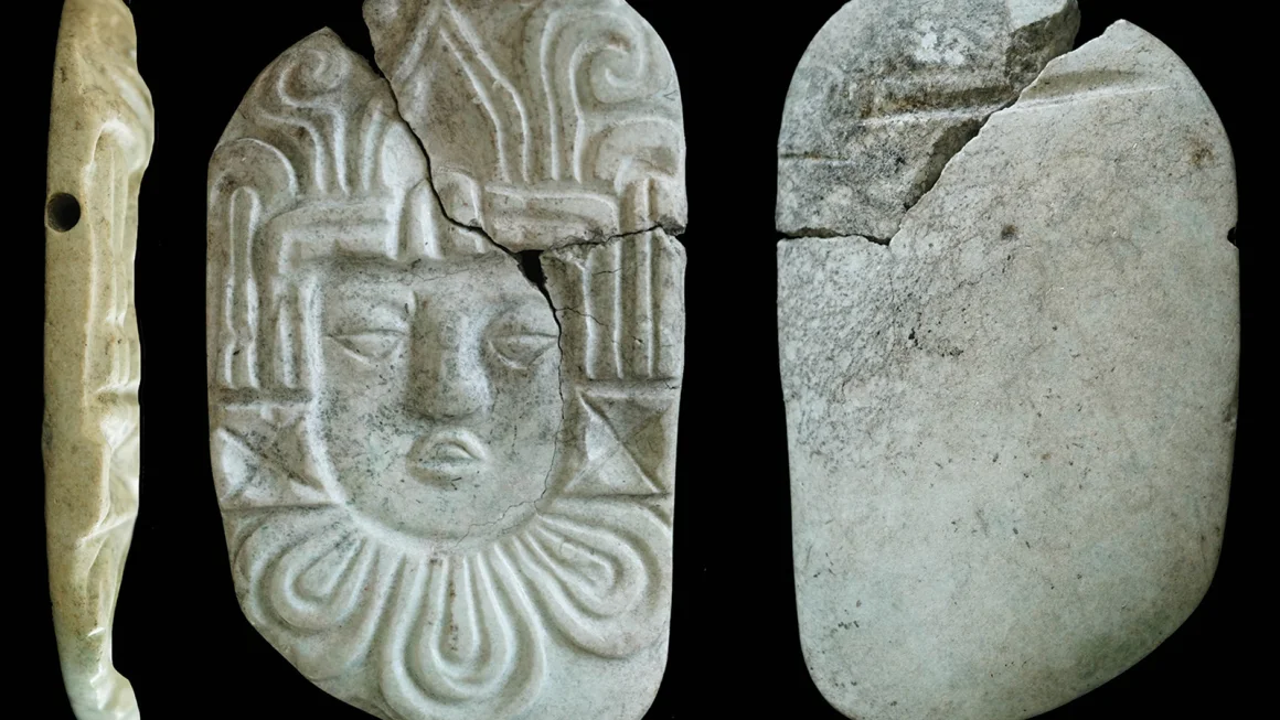Guatemala dig reveals burnt royal remains, offers insights into Maya political revamp
A recent archaeological dig in Guatemala brings to light the fiery ceremonial practices that marked the dawn of new leadership in Maya society

Recent excavations in Guatemala have uncovered striking evidence of a pivotal moment in Maya history.
Researchers at an ancient temple pyramid in Ucanal, a pre-Columbian city, discovered the scorched remains of at least four adults, likely of royal lineage.
This significant find provides a rare glimpse into the intentional destruction of corpses in Maya culture, a practice thought to commemorate dramatic political shifts.
Christina T. Halperin, the lead study author and an associate professor of anthropology at the University of Montreal, detailed the interment's unusual circumstances.
The remains were found beneath approximately 5 feet of stone blocks in a chamber underneath the temple, a location uncharacteristic for royal burials, which are typically more accessible for offerings.
"The usual signs of a royal burial are missing here. They just dumped it in this one spot and then threw all of the construction fill right on top of it," Halperin explained.

Radiocarbon dating indicates that the remains were burned between 773 and 881, although the individuals had died decades, perhaps even a century, earlier.
This suggests that the fire was linked to events long after their deaths.
Among the remnants were thousands of burned objects, including greenstone adornments and weapons, underscoring the royal status of the deceased.
The burning of these artifacts and remains marked a departure from traditional practices for Maya royalty and shed light on the rise of a new type of leader who likely redefined power during a time of societal transformation.
Carved Maya records from around the start of the ninth century document the deeds of a new ruler named Papmalil, whose name and title, "ochk’in kaloomte" or "western overlord," suggest a foreign origin and a connection to military leadership.
Stephen Houston, a professor of anthropology and the history of art and architecture at Brown University, praised the work: "This discovery is a fascinating deposit of burnt human remains and precious objects linked to royalty. It exemplifies how we should interpret unusual remains."
The researchers believe that the ceremonial burning of the previous rulers' bones underscored a shift in leadership, highlighting Papmalil's ascension to power. The event likely occurred in a public plaza, making it a known spectacle to the community.
"This was such an extraordinary burning that it had to have been known by the public at large," added Halperin.
The implications of these findings are profound, indicating not only a collapse of political dynasties but also a renewal and reworking of society in different areas of the Maya world.
This transformative event sheds light on the lesser-known political dynamics of the time and emphasizes the resilience and continuity of Maya culture even as political systems changed.
Source: Newsroom






